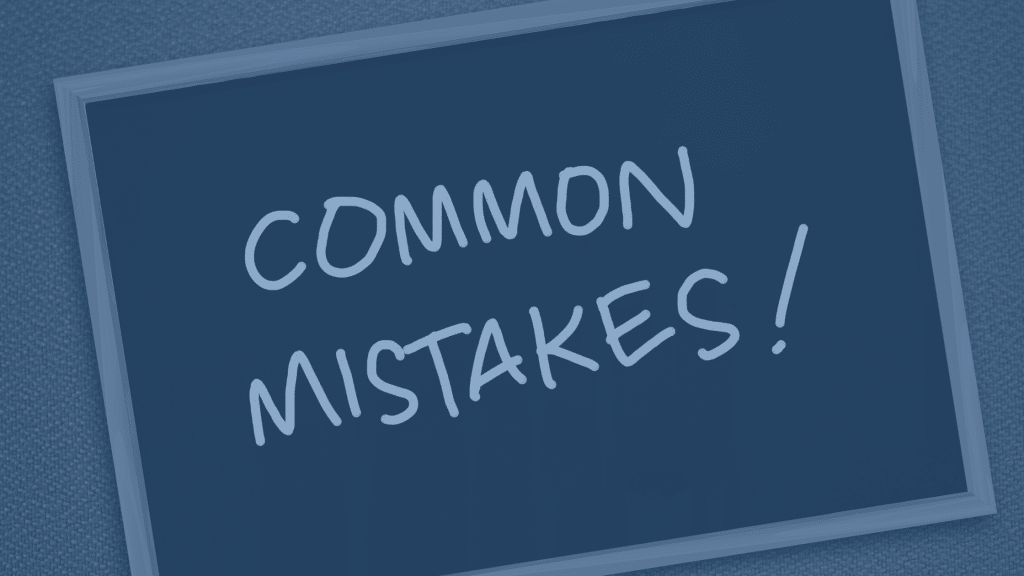Your cart is currently empty!
Accurate, timely, and consistent service note documentation is essential for any organization serving adults with intellectual and developmental disabilities (I/DD). Service notes don’t just prove that support was delivered. They communicate progress, ensure continuity of care, and protect your agency during audits or investigations. Yet for many teams, service notes are a source of stress and confusion.
We’ve learned that investing in strong service note training upfront makes all the difference, reducing errors, boosting compliance, and empowering staff to write with confidence. Here are our best practices for helping your team document like pros.
Start with the “Why”
Before jumping into how to write a good note, help staff understand why documentation matters. Service notes:
- Provide a legal record of the services provided
- Support regional center billing and audit readiness
- Demonstrate alignment with support plans and goals
- Help supervisors and other team members track progress over time
When staff see documentation as a tool for advocacy and accountability, rather than a box to check, their investment grows.
Teach a Consistent Structure
Progress notes are required for many services and typically include:
-
- Progress in meeting each goal in the ISP.
- Any unusual health or behavioral events or changes in status.
- The start and end time of any services received by the person.
- Any matter requiring follow-up on the part of the service provider or DDS.
- Activities and support provided to help the individual achieve their outcomes.
Highlight Common Pitfalls
Help staff avoid the most frequent mistakes in service note documentation, such as:
- Vague language (e.g., “Did daily tasks” instead of “Prepared lunch and cleaned kitchen with support”)
- Lack of clarity on outcomes or goals
- Overly subjective observations (“Client was lazy today”)
- Missed or late entries
In training, use real examples (anonymized) to show “weak vs. strong” notes and coach from there.
Reinforce Training Through Prompts and Tools
Training shouldn’t stop after onboarding. In QSP, for example, service note entry fields can include prompts to guide staff (e.g., “What support was provided?” or “How did this activity relate to the client’s goals?”).
Other suggestions:
- Sample note libraries in training documents
- Supervisor feedback loops for new hires
- Spot checks on documentation for coaching opportunities
Digital tools like QSP help standardize the process and offer real-time support.
Use Supervision to Build Good Habits
Service note quality should be a regular part of staff supervision, not just something reviewed when there’s a problem. Consider adding:
- Note reviews during 1:1 check-ins
- Positive recognition for well-written notes
- Group training refreshers based on patterns you’re seeing
When documentation is treated as a shared responsibility, it becomes part of the culture, not just the compliance checklist.
Final Thoughts
Training your team to document well is one of the best investments you can make in your operations. Clear, consistent service notes protect your agency, support quality care, and build trust across your team.
With tools like Quick Solve Plus (QSP), you can make service note training easier, more intuitive, and more effective every day.
Want to streamline documentation at your agency?Explore QSP’s service note and reporting features
Related article: Preparing for an Audit




